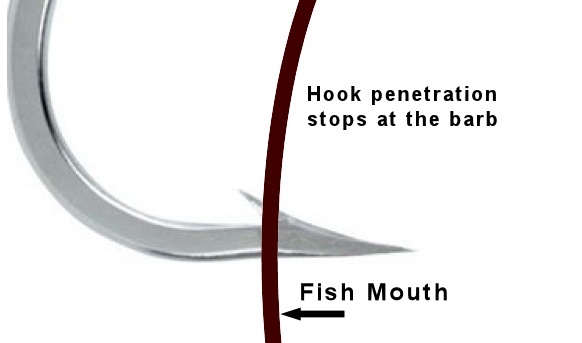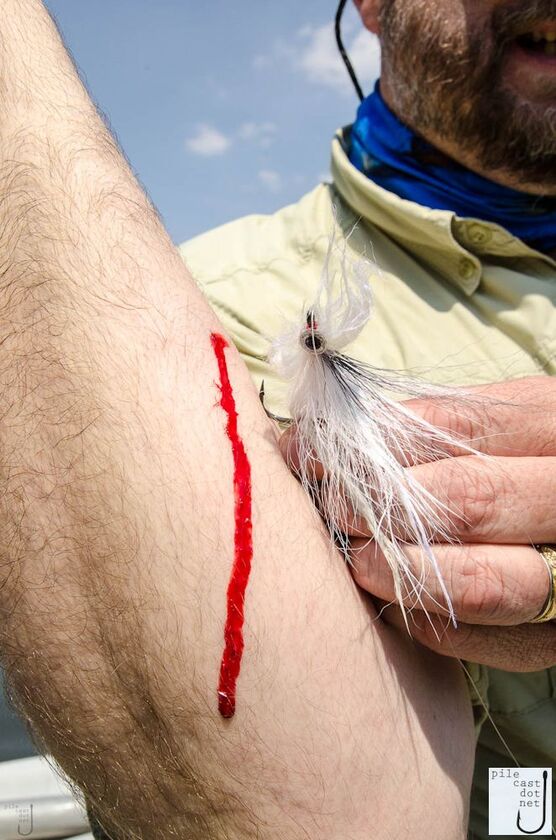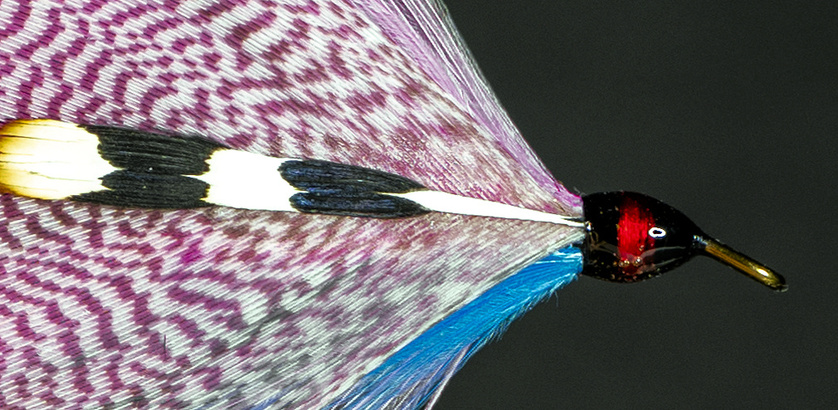In all the years I have been teaching fly tying there is one question I am often asked and just as often the person asking does not like the answer. The question is “how do I improve the quality of the flies I tie”? The simple answer is “tie more flies”. I think this is often taken as bad news because they are hoping there is particular fly or technique that will be a shortcut to better flies. Sadly, fly tying is like most human endeavors, practice makes perfect.
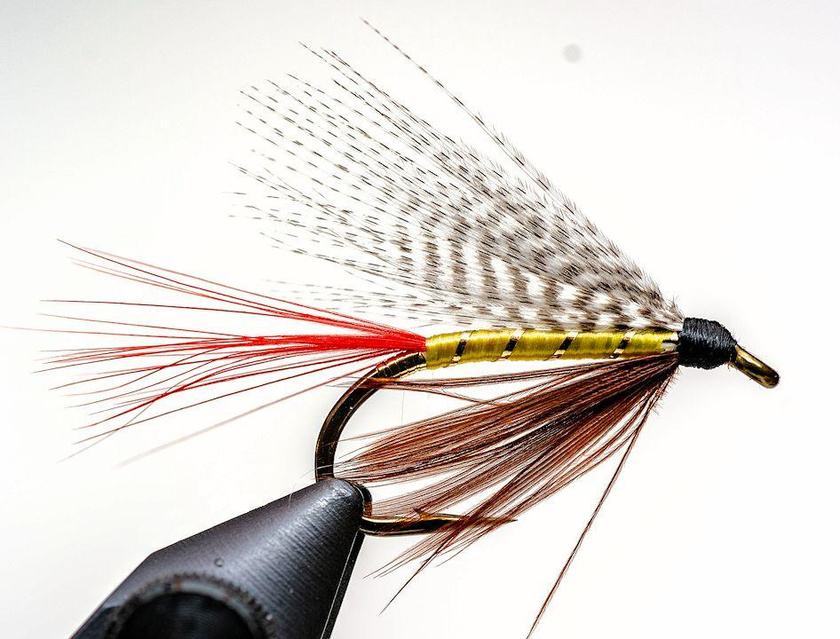
I also think that this is taken as a negative because most people who start tying their own flies do so to “save money”. Therefore, when I tell them to tie 200 Woolly Buggers (in whatever color and size they want) the response is usually something along the lines of “but I don’t need 200 Woolly Buggers”. I can understand that but they do NEED to improve their fly tying. In the end, for most, they keep stumbling along and only tie what they need or a hot new fly they discovered and continue to complain because their hackles get tied in wrong, their dubbing is lumpy and they just can’t get the whip finish knot.
Don’t get me wrong, I am not admonishing people for the decision to not tie LOTS of flies to better their skills. On the contrary, it is supposed to be fun and if they would rather remain at the skill level they are and focus on spending time on the water good for them. Hell, in some ways maybe I should learn something there. For me, fly tying was always more then just making bait to catch fish. It was the other side of the same coin as fly fishing. I never considered one without the other. This means that in order for me to be a good fly fisherman I also have to embrace fly tying and learn/strive to make good flies. I could not call myself a fly fisherman if I only tied flies and never fished (and I taught a few of those people as well over the years). At the same time, I could not call myself a fly fisherman if I only fished and never tied any flies. To be a good fly fisherman I have to be good at both.
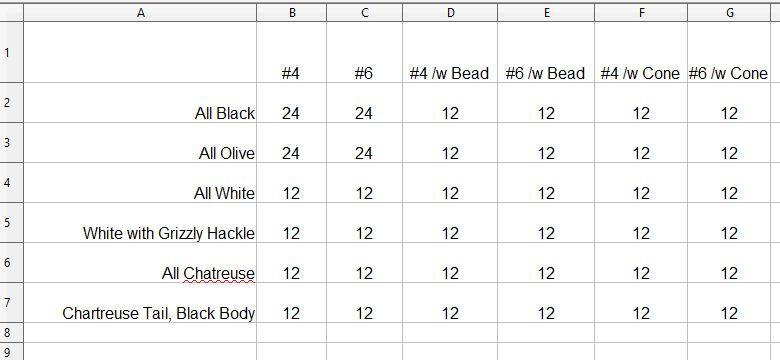
About 20 years ago I decided to take my fly tying to the next level. I set out a grid (six by six I think) and wrote on the left side next to each row a color and bead combination of Woolly Bugger I wanted to tie. After I completed each row I listed across the top of the columns the size hook I wanted to tie these on and whether they were bead head or not. Then I entered into each square the number of flies of that fly to tie. Most all were 12 with the all Black and Olives being 24 (of course). In the end I set out to tie up over 450 flies. Keep in mind, I was smart enough to add all them up before starting, no point in psyching myself out before I even get started. Then I simply got the materials and stated tying. I tried to tie at least 3 or four flies a day and many days tied up half a dozen or a dozen in an evening.
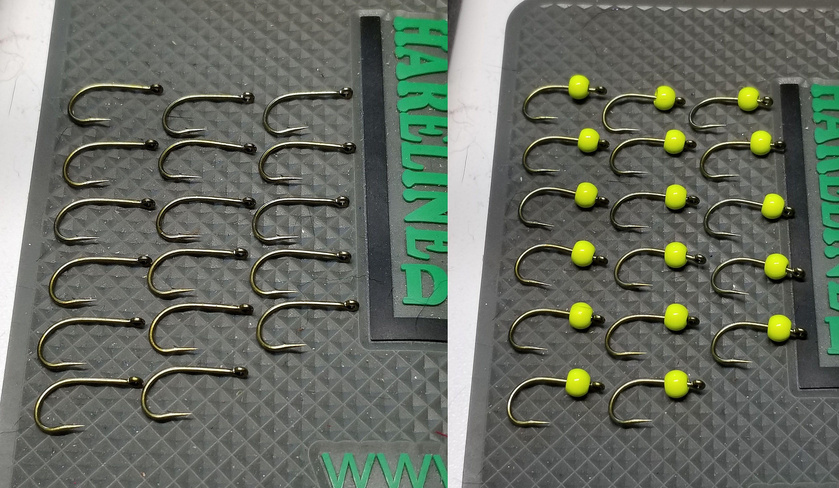
I got up to around 60 and started noticing I preferred certain rooster hackles for the fly and that not all marabou feathers were alike. Certain marabou feathers worked better than others for the tail. Around 150 I started to notice I was tying in the chenille body in the same manner on each fly and getting the exact same number of wraps for the body. Around 250 my tails were all coming out the same length and profile, my bodies were looking consistent and I was wrapping the rooster hackle the same number of times on each fly thus producing consistent flies. Somewhere around 350 I realized I did not have to cut the hackle off once wrapped but rather I could fold it back and make the head of the fly over it slightly and simply ‘snap’ it off after whip finishing. All in all, it took me about four months to tie all those flies (two very young girls in my life took much of my time). I still have about 200 of those flies left and suspect my grandson and I will be out fishing them before too long.
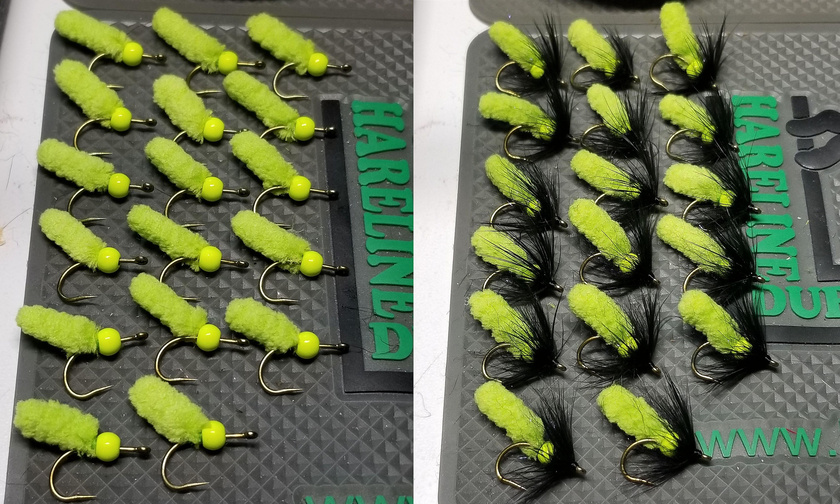
What did I learn from this experiment? First, if you want to get better at something you have to repeat it A LOT! It is not good enough to just know how the fly is put together you have to understand the subtleties of the materials and the way the fly is put together. I wouldn’t go so far as getting Zen about “becoming one with the fly” but it’s pretty darn close. The other thing I learned is that there is not “master” level of fly tying that one can obtain because each and every fly presents it own challenges and thus it’s own learning curve to master that pattern. After tying way more flies over the last 20 years I have realized that my skills are good but if there is a pattern I really want to tie for a friend, for sale or to do a video on I will tie at least 100 to really get the fly down. For production tying, I will tie more like 200 or more before I finally have it down to the point each fly is looking like the previous one.
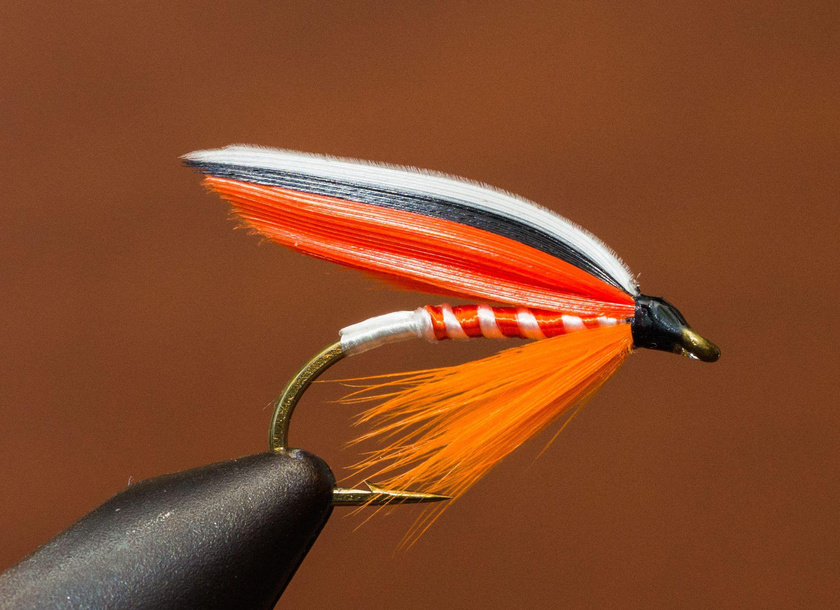
So, in the end I can understand why most people do not like the answer “tie more flies”. Most people do not want to take it to the level I do and there is nothing wrong with that. As a consolation I remind them of what Dave Whitlock once said, “if you want to tie better flies, tie a fly a day” (ok, so that might not be the exact quote but the gist is tie at least one fly every day). So you can tie 400 flies in about four months or in 400 days. Either way, your skills will be better on that 400th fly then they were the first.
Remember….. It’s Fly tying….. If you’re not having fun, You’re Doin’ It Wrong.
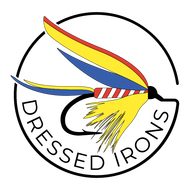









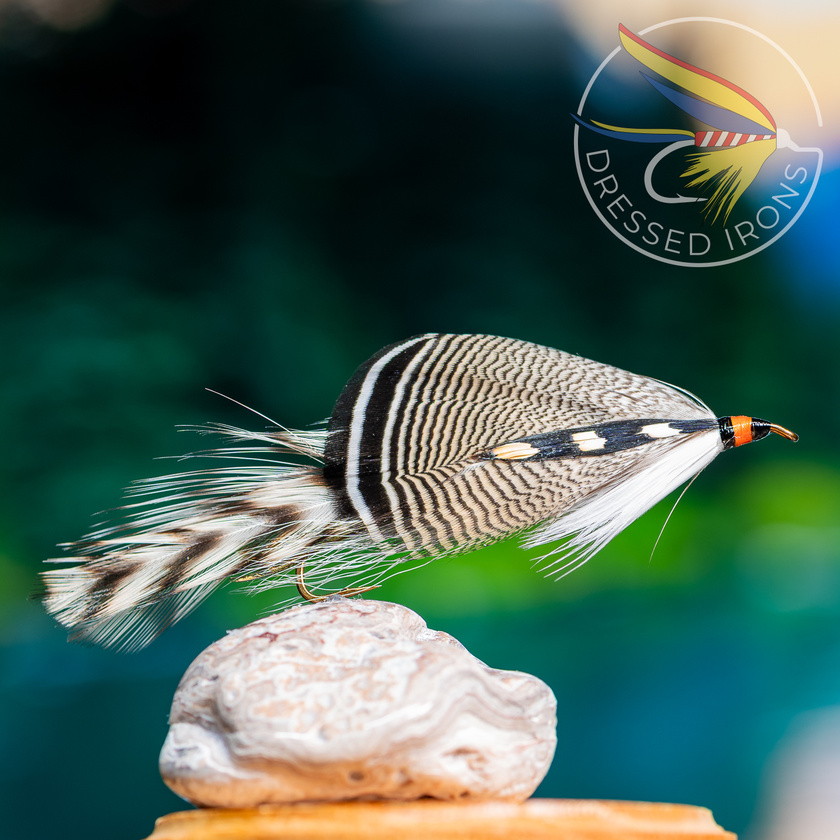




 Off the bat I will tell you I am a big advocate for barbless hooks. There are a number of reasons for this view which taken together make me someone who debarbs my hooks and if I am guiding insist clients fish debarbed hooks. But before I get into the specific reasons let me you enlighten you on a few things about me. First, I love fresh cooked fish. Not quite as much as fresh sizzling T-bone but almost. I practice catch and release about 98% of the time but in certain circumstances I will harvest a fish or two. Having grown up fishing in the early 70's, just as catch and release was gaining ground I can tell you the pickings on some of my fishing holes were slim due to over harvesting. By the mid-eighties it was amazing how great the fishing had become as more and more people left behind what they caught. However, I was not opposed to taking home a stringer full of big bluegill or crappie from a healthy body of water every once in a while. So, I am not an advocate of barbless hooks because ALL fish should be released. Nor am I concerned about "hurting" the fish. Hurting in the sense of inflicting pain on them. I am concerned about doing undo damage to fish in the process of catching them. If I were concerned about "hurting" the fish then I would not be fishing at all.
Off the bat I will tell you I am a big advocate for barbless hooks. There are a number of reasons for this view which taken together make me someone who debarbs my hooks and if I am guiding insist clients fish debarbed hooks. But before I get into the specific reasons let me you enlighten you on a few things about me. First, I love fresh cooked fish. Not quite as much as fresh sizzling T-bone but almost. I practice catch and release about 98% of the time but in certain circumstances I will harvest a fish or two. Having grown up fishing in the early 70's, just as catch and release was gaining ground I can tell you the pickings on some of my fishing holes were slim due to over harvesting. By the mid-eighties it was amazing how great the fishing had become as more and more people left behind what they caught. However, I was not opposed to taking home a stringer full of big bluegill or crappie from a healthy body of water every once in a while. So, I am not an advocate of barbless hooks because ALL fish should be released. Nor am I concerned about "hurting" the fish. Hurting in the sense of inflicting pain on them. I am concerned about doing undo damage to fish in the process of catching them. If I were concerned about "hurting" the fish then I would not be fishing at all.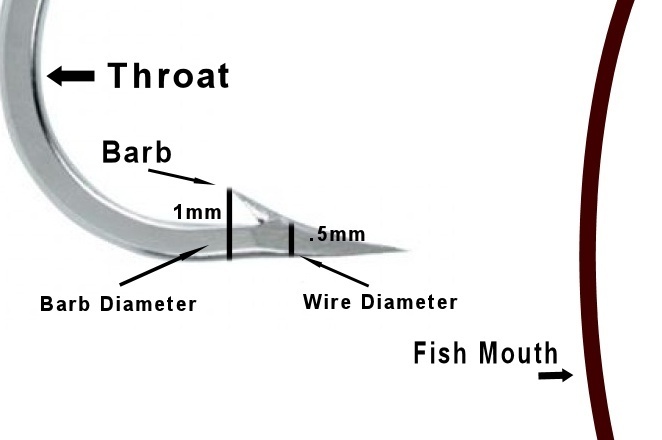
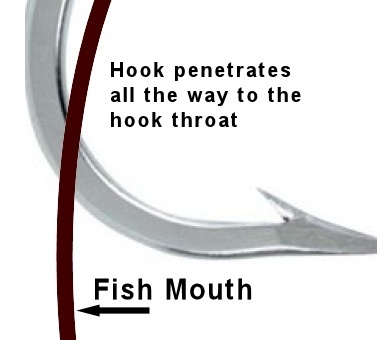 In this example let us assume the two pounds of pressure is enough to open up the flesh/bone for the wire to move into the fishes mouth. Now the hook slides in fine until it hits the barb. At the spot where the barb is elevated the most lets say we have now doubled the diameter (1mm) of the required hole in the mouth of the fish needed to get this hook in all the way past the barb. It is a simple matter of physics, the wire went from a small diameter, requiring less pressure to open up the mouth, to a large diameter because of the barb and hence will need more pressure to achieve the same quality hook set. For argument sake, since our wire diameter doubled we will say we need to double the pressure; four pounds. What happens if we do not apply enough pressure? The hook does not get embedded into the fishes mouth as far as it needs to and can more easily become dislodged. One could even argue that if the hook is not embedded past the barb then the barb itself will apply pressure in the opposite direction and possibly aide in the the hook coming out of the mouth.
In this example let us assume the two pounds of pressure is enough to open up the flesh/bone for the wire to move into the fishes mouth. Now the hook slides in fine until it hits the barb. At the spot where the barb is elevated the most lets say we have now doubled the diameter (1mm) of the required hole in the mouth of the fish needed to get this hook in all the way past the barb. It is a simple matter of physics, the wire went from a small diameter, requiring less pressure to open up the mouth, to a large diameter because of the barb and hence will need more pressure to achieve the same quality hook set. For argument sake, since our wire diameter doubled we will say we need to double the pressure; four pounds. What happens if we do not apply enough pressure? The hook does not get embedded into the fishes mouth as far as it needs to and can more easily become dislodged. One could even argue that if the hook is not embedded past the barb then the barb itself will apply pressure in the opposite direction and possibly aide in the the hook coming out of the mouth.